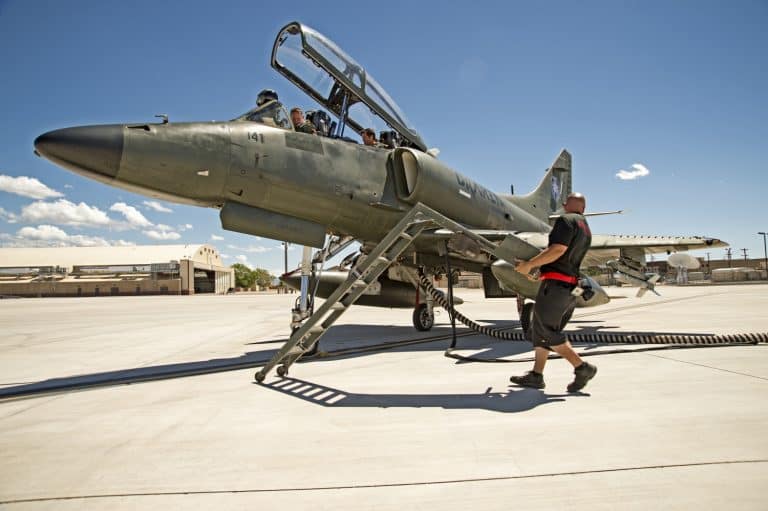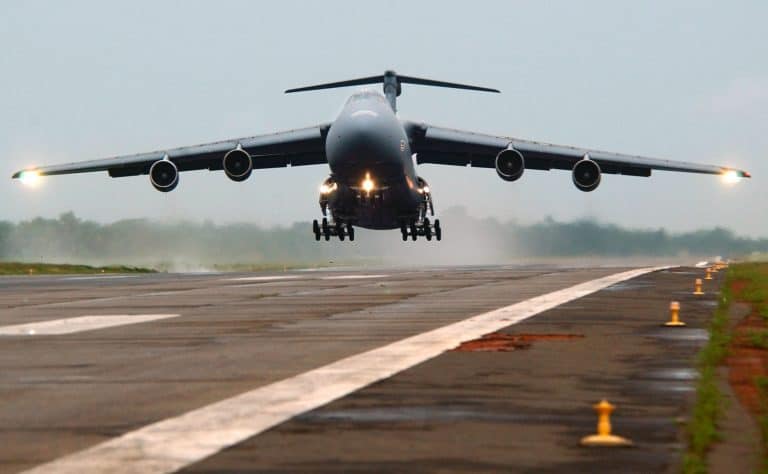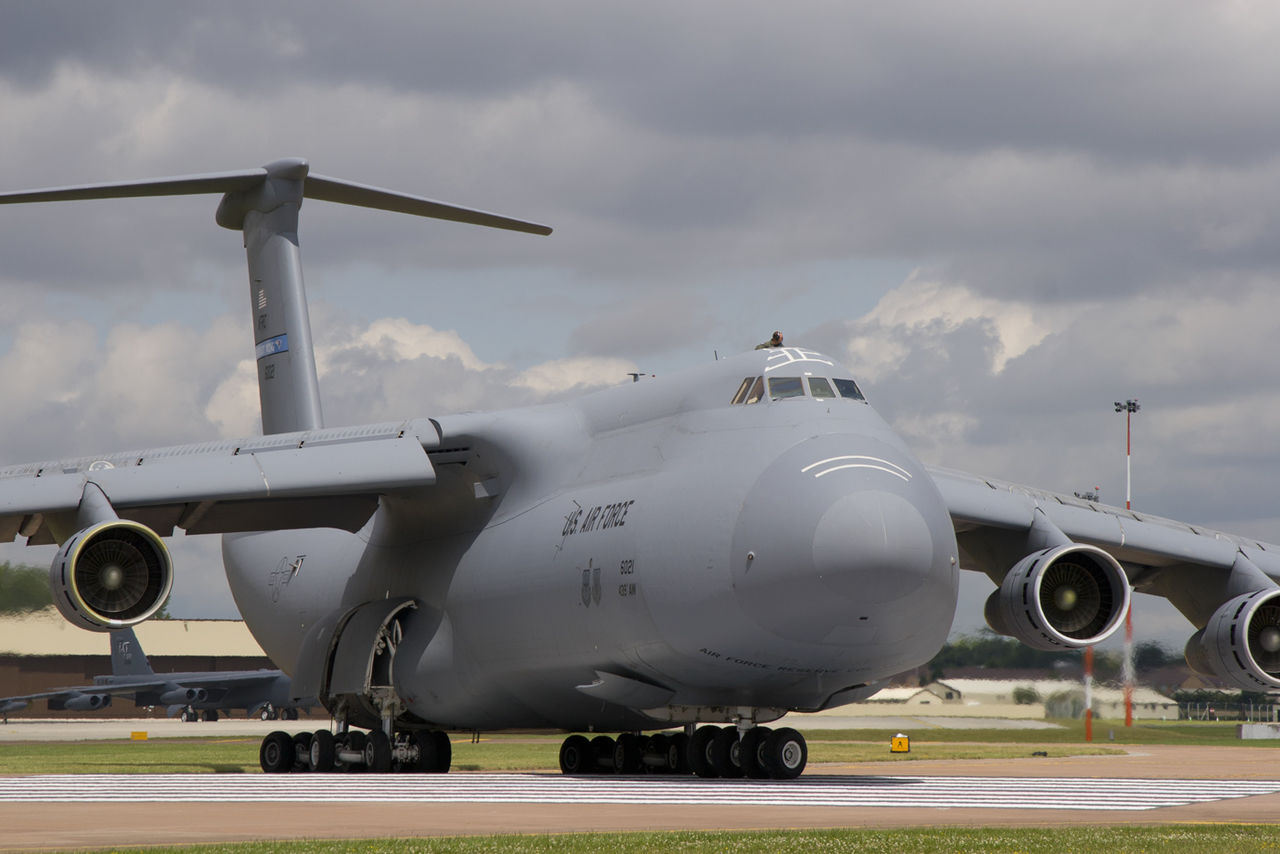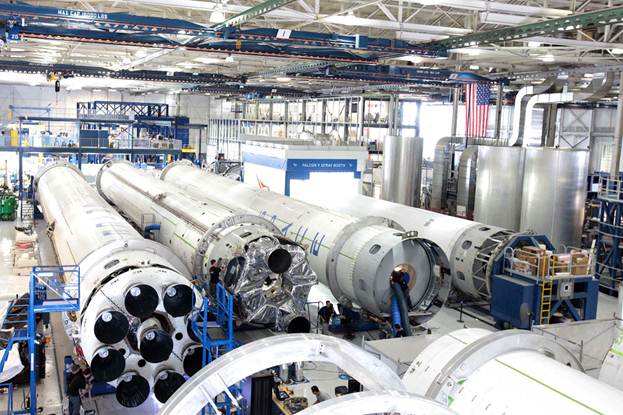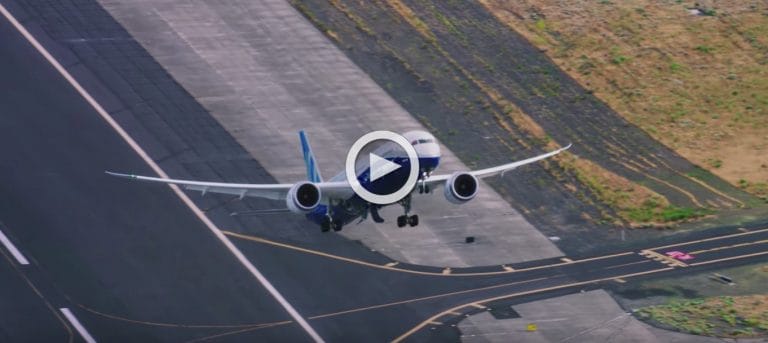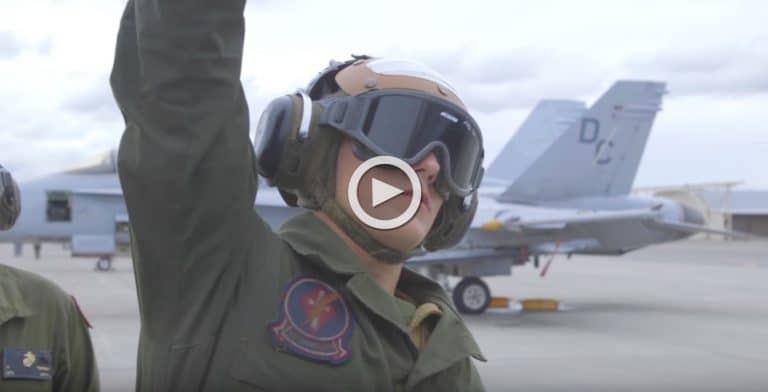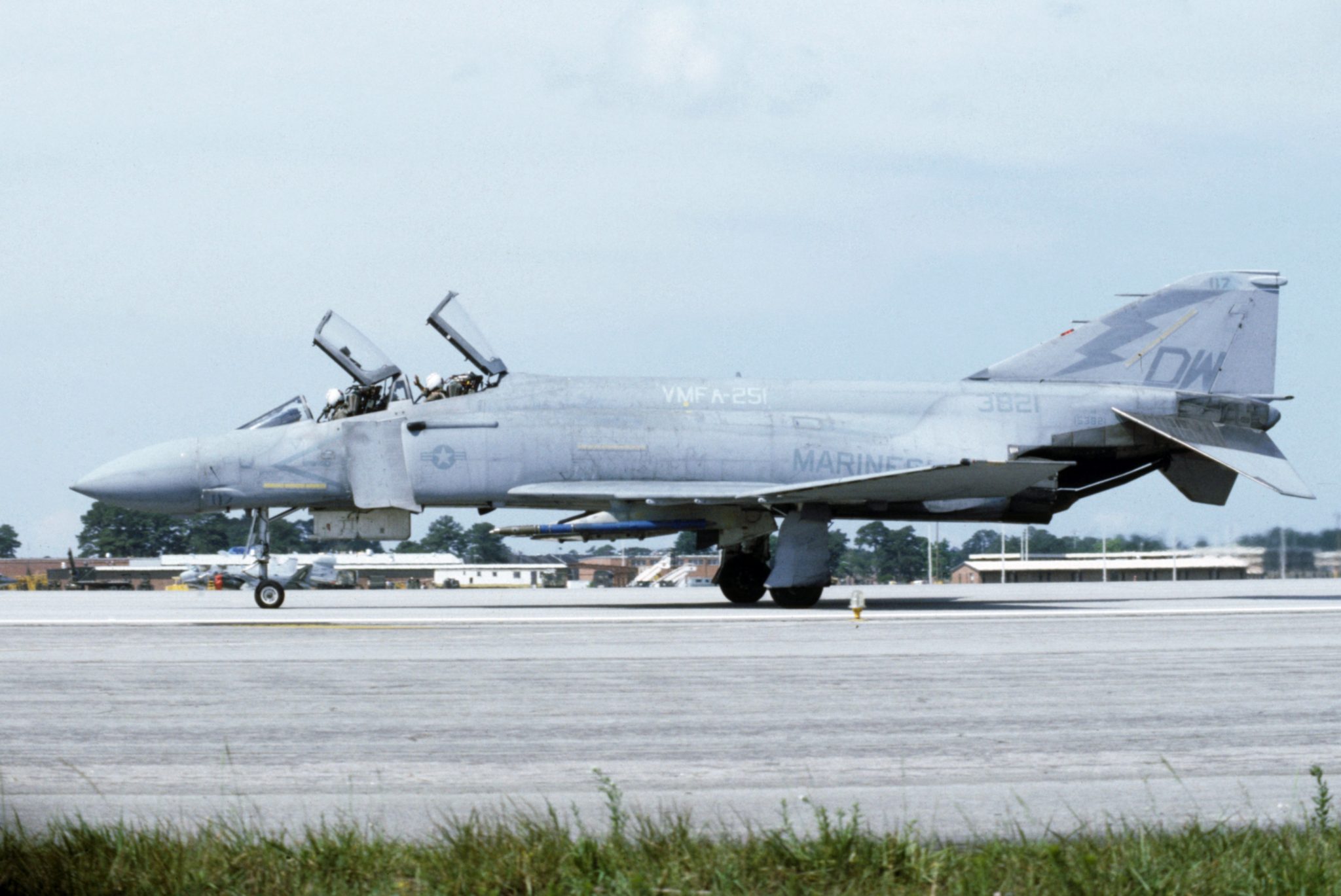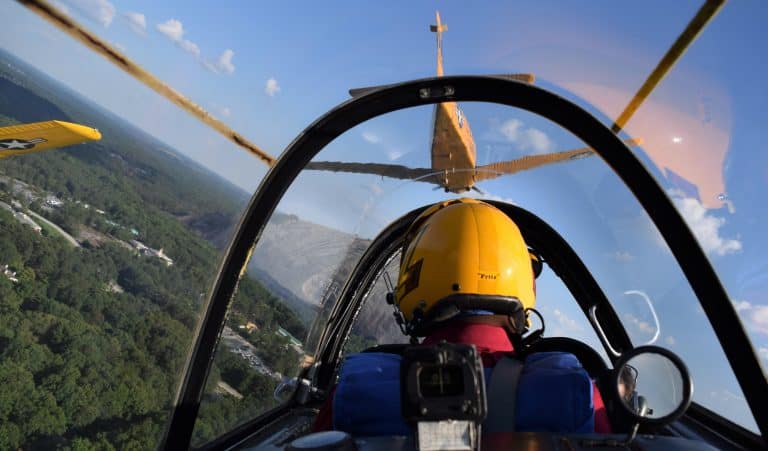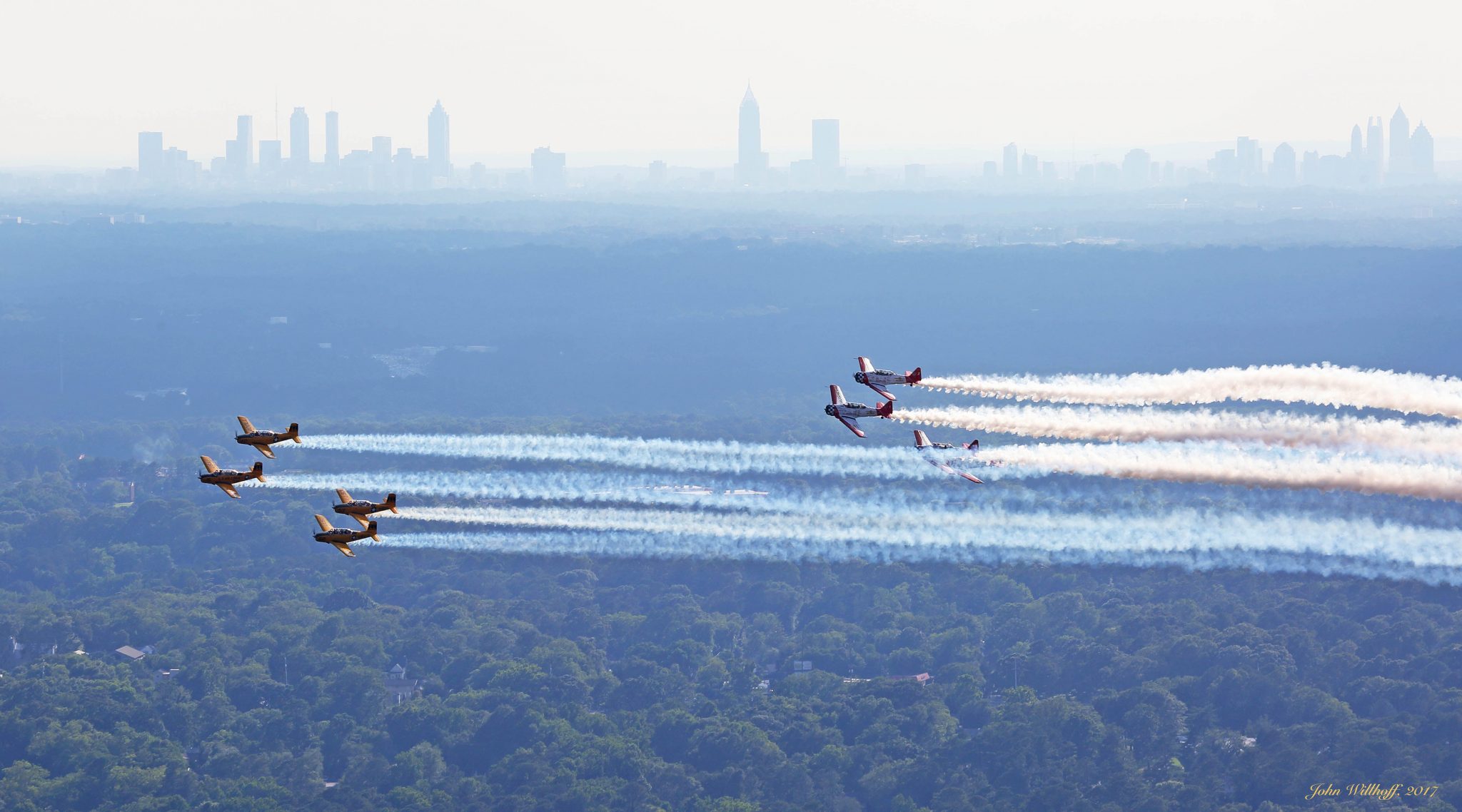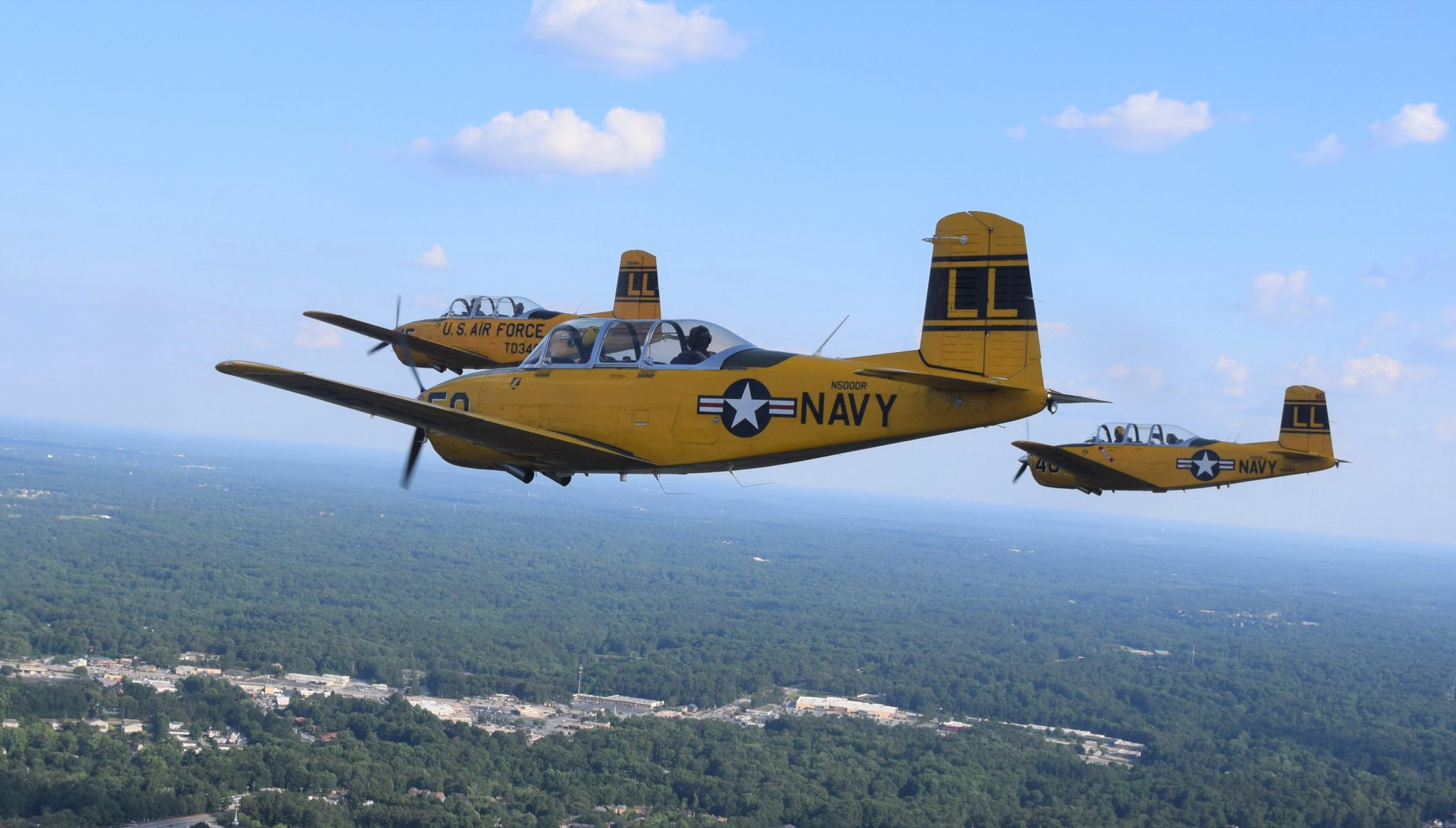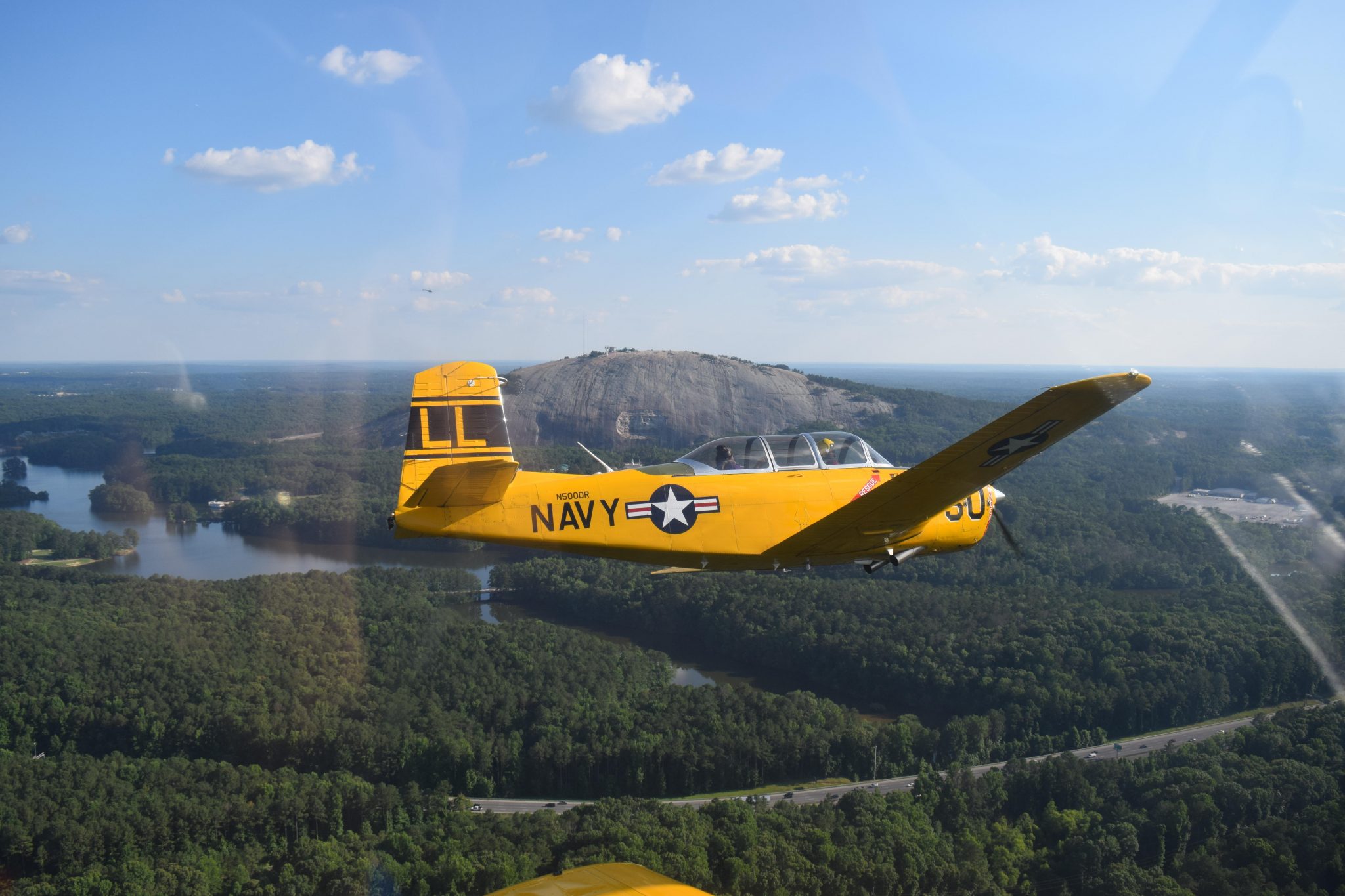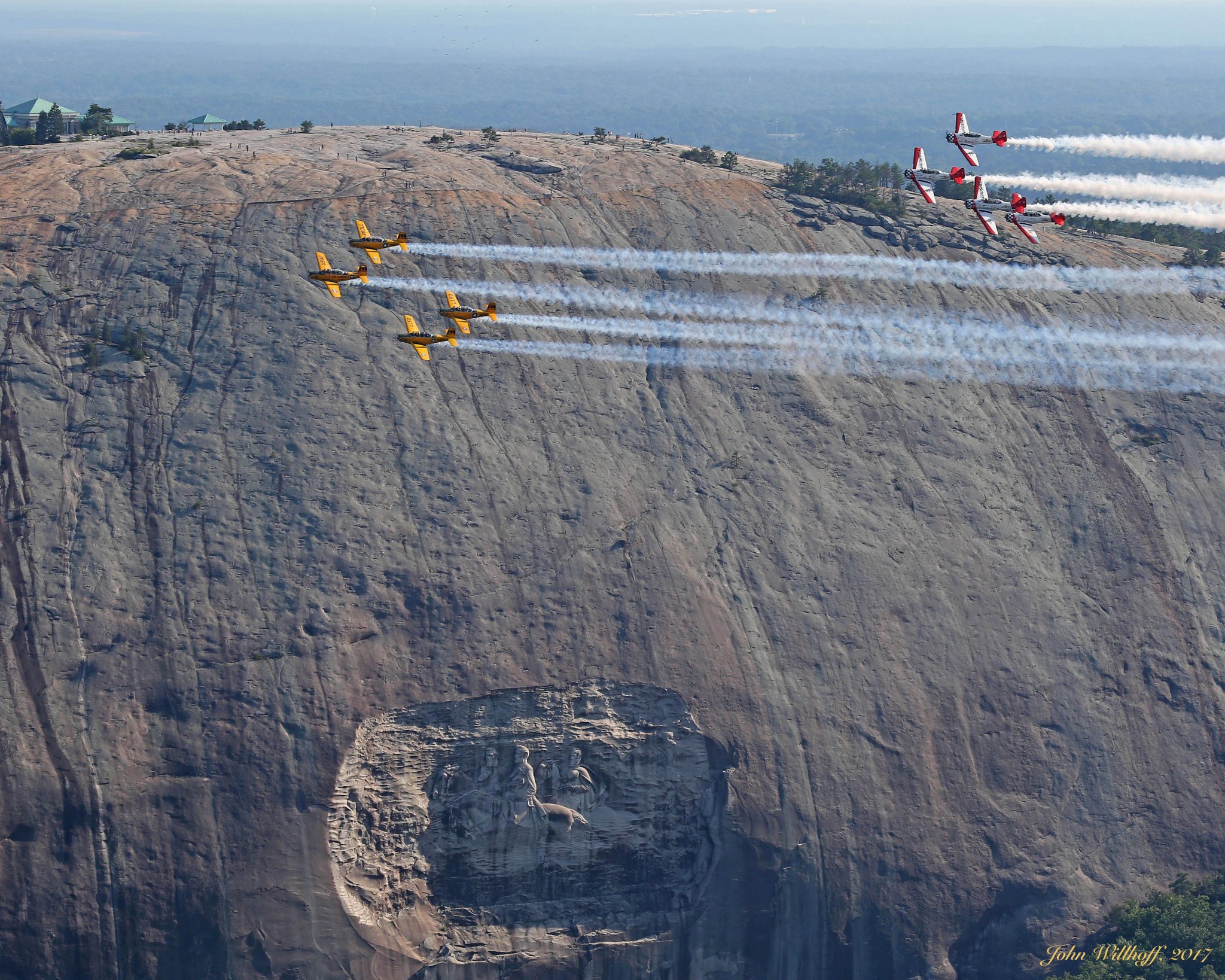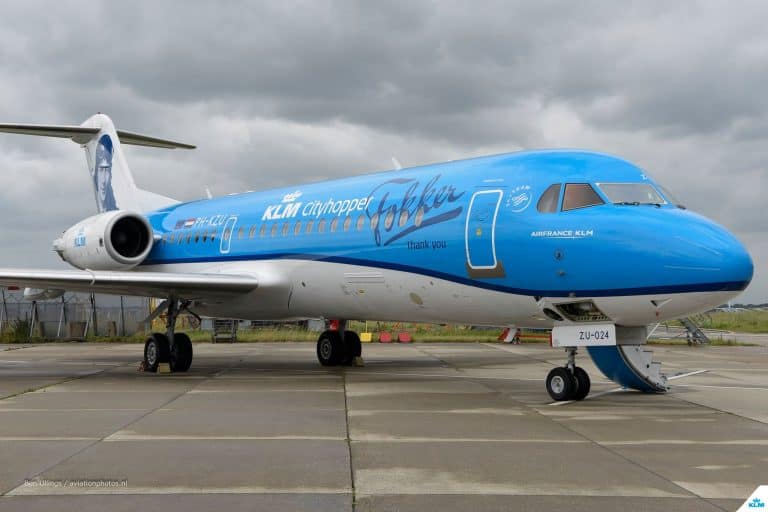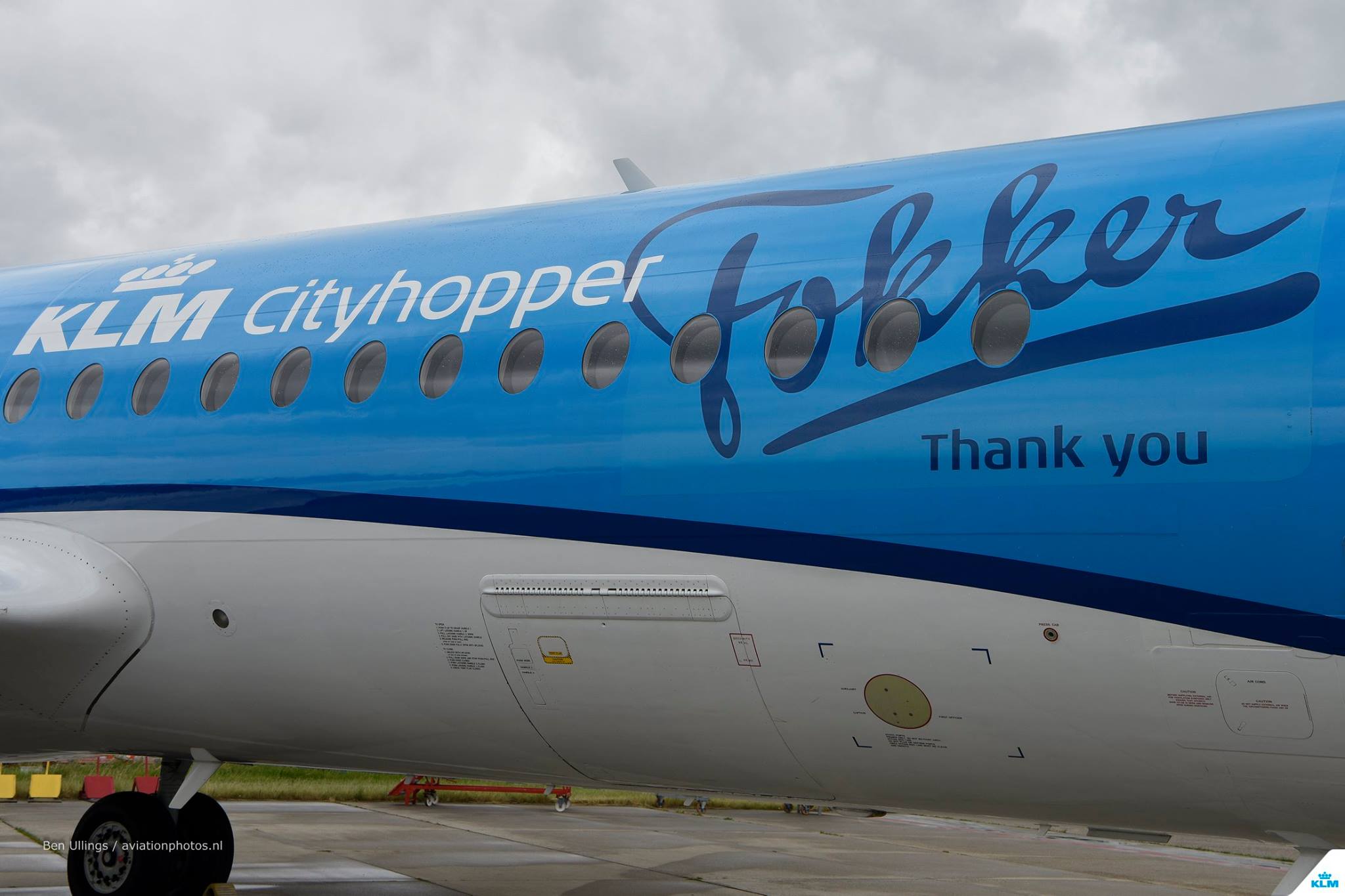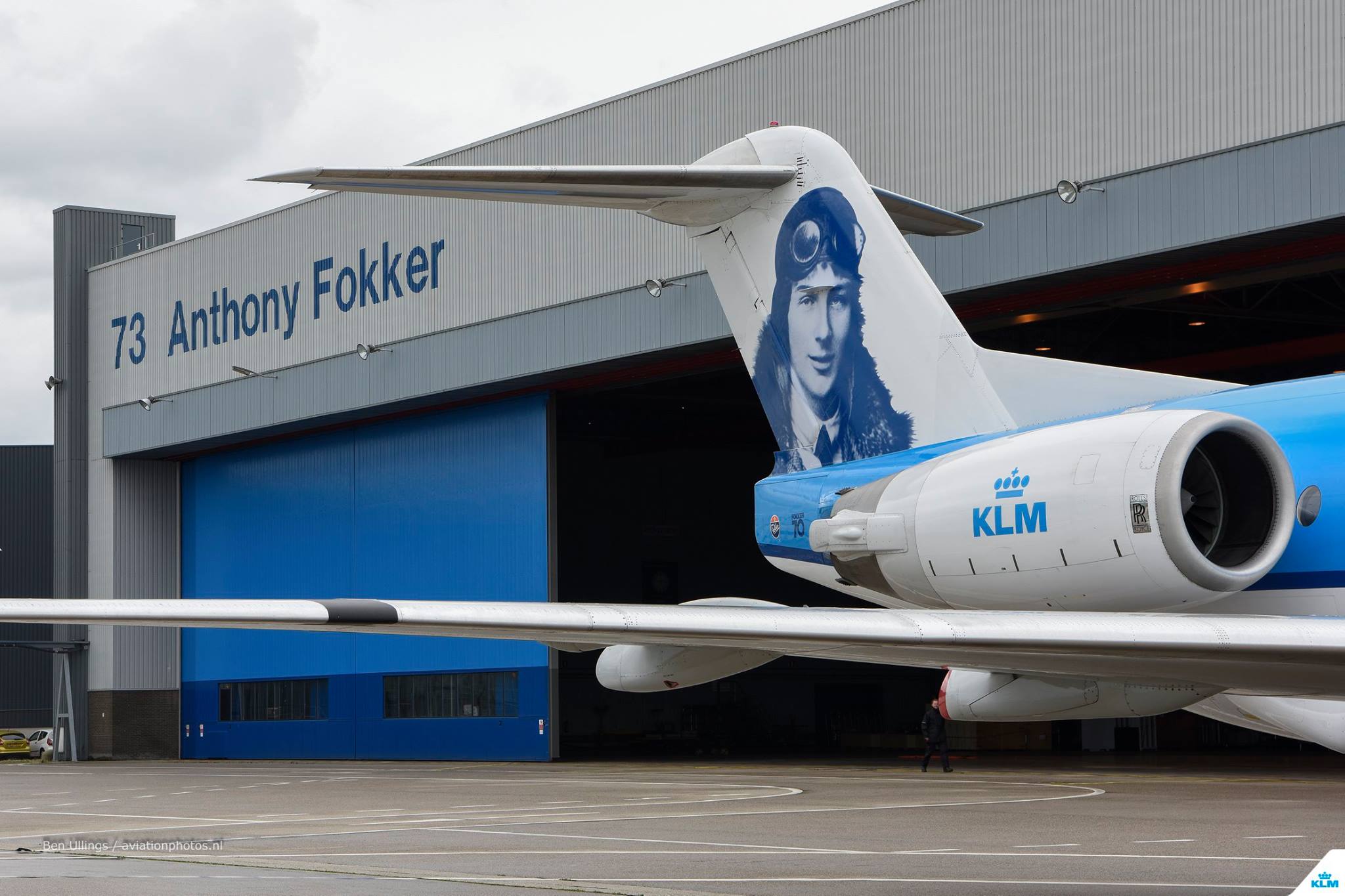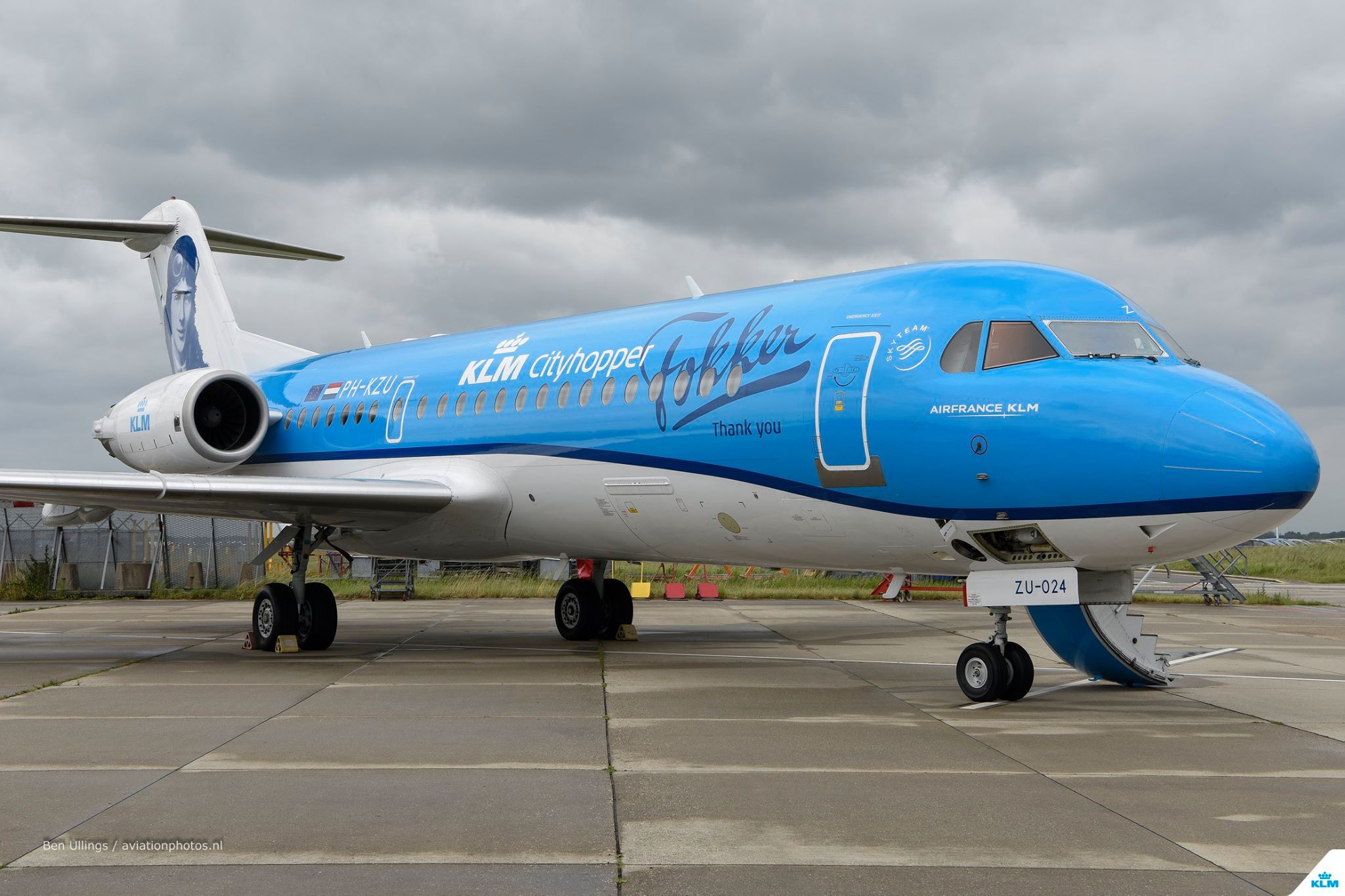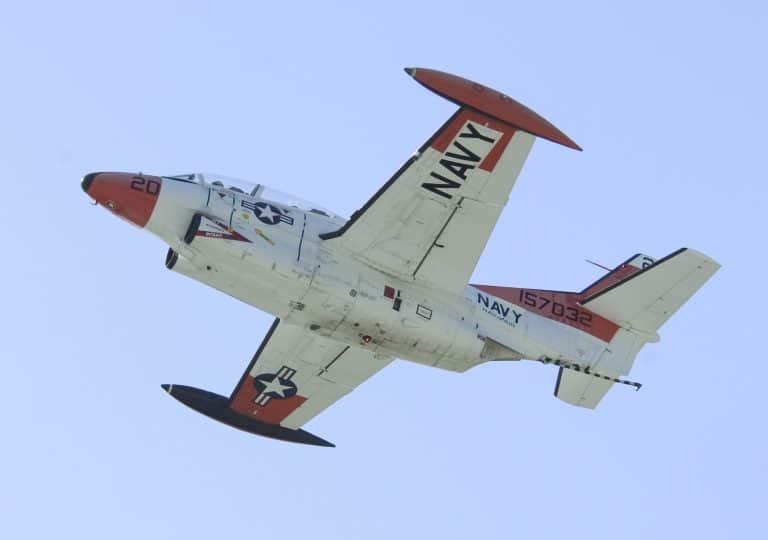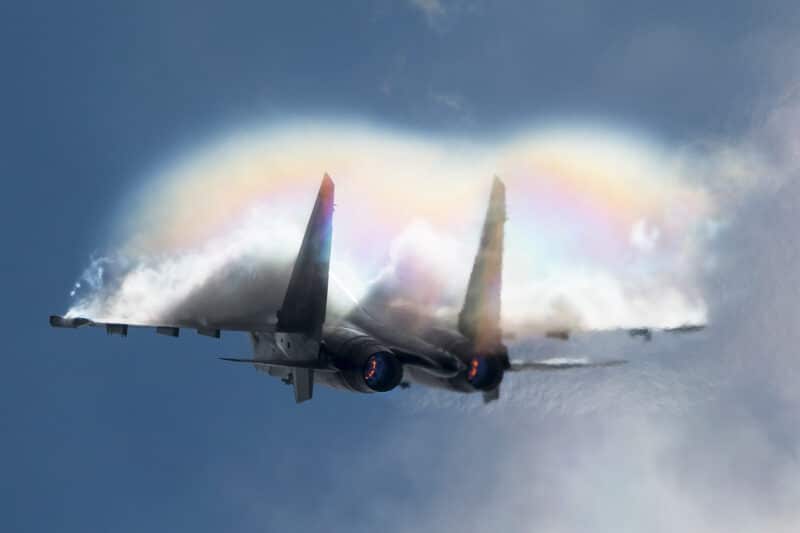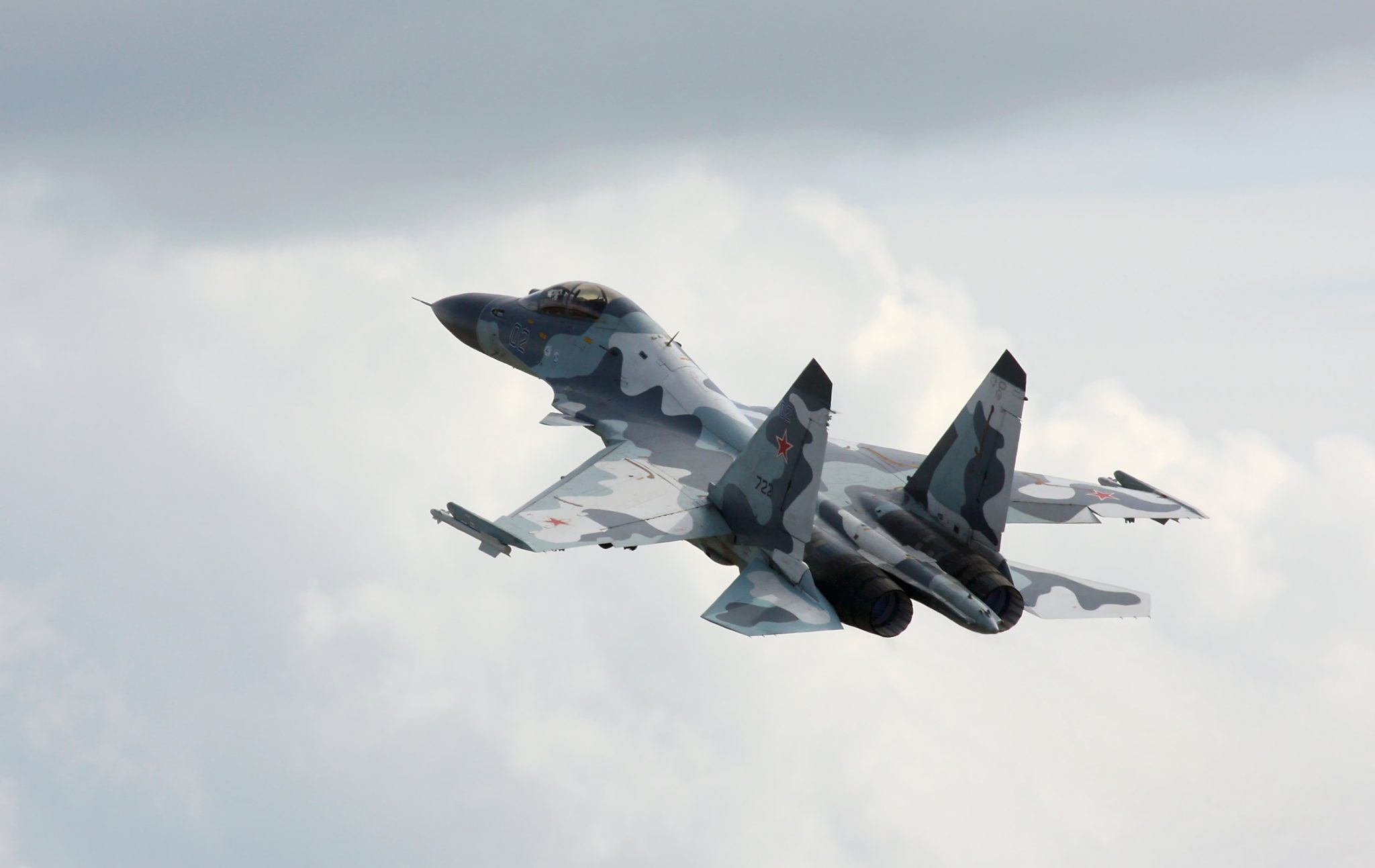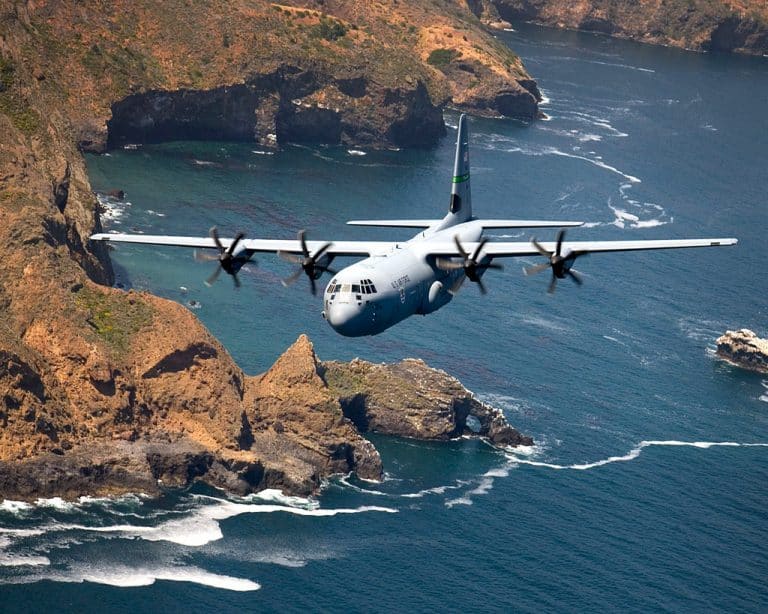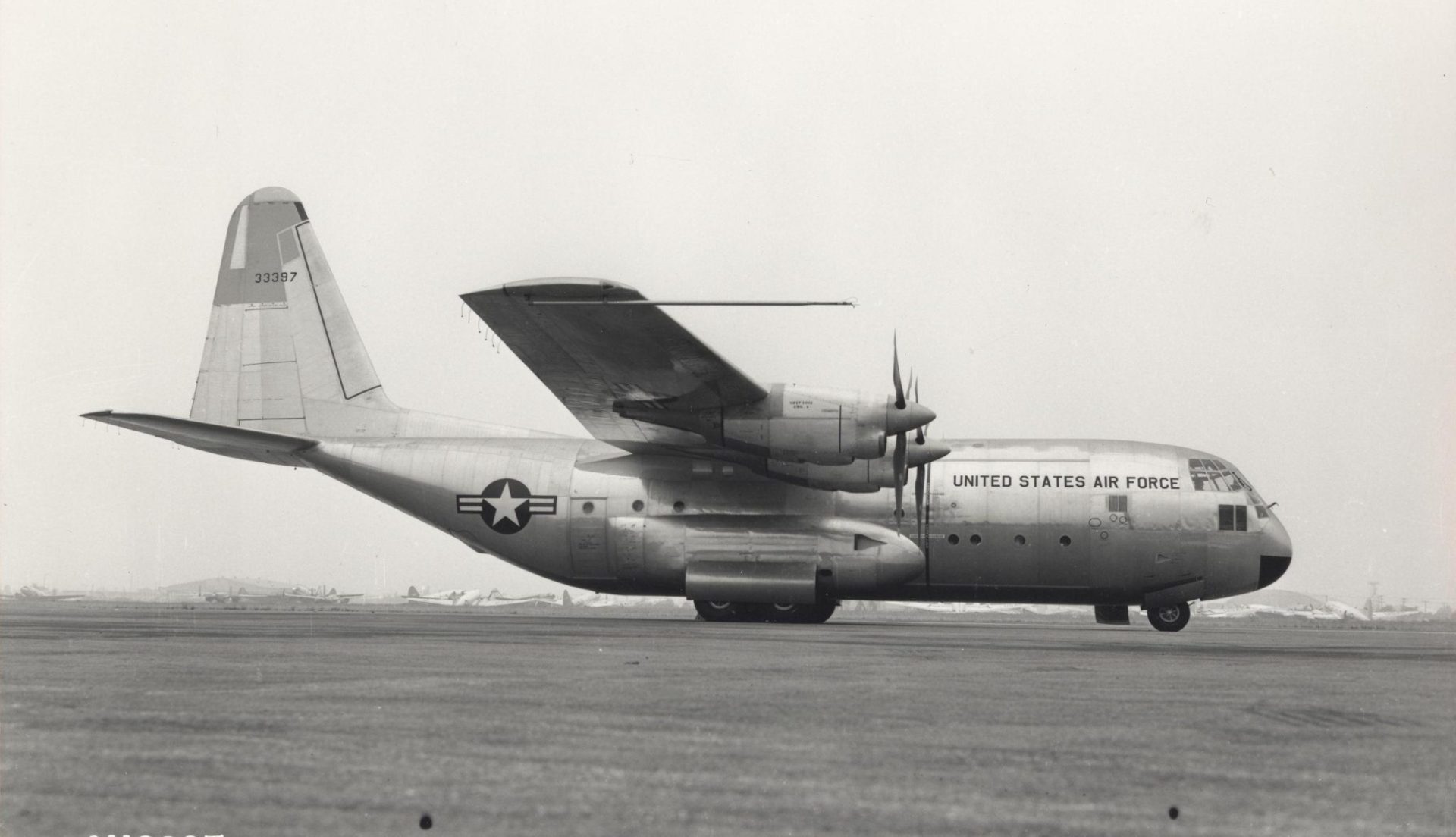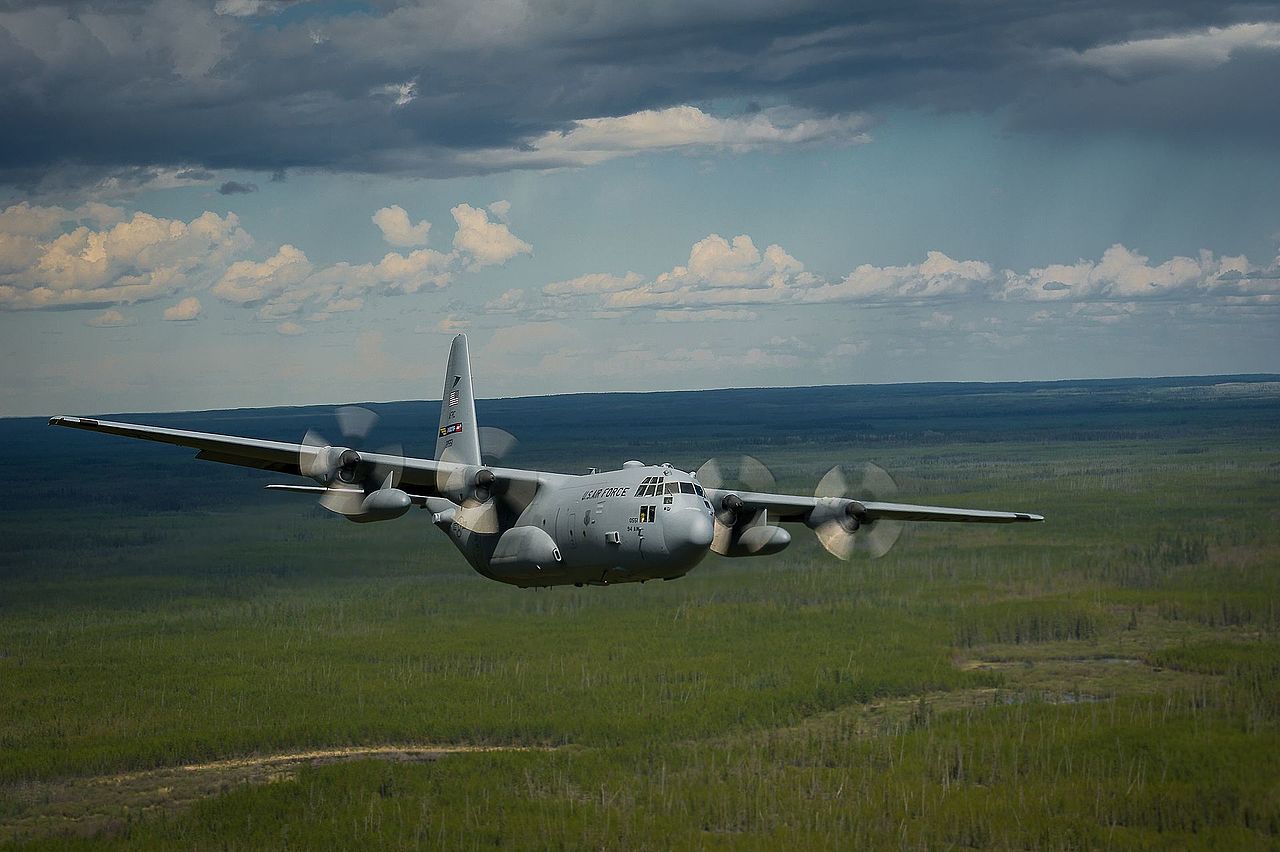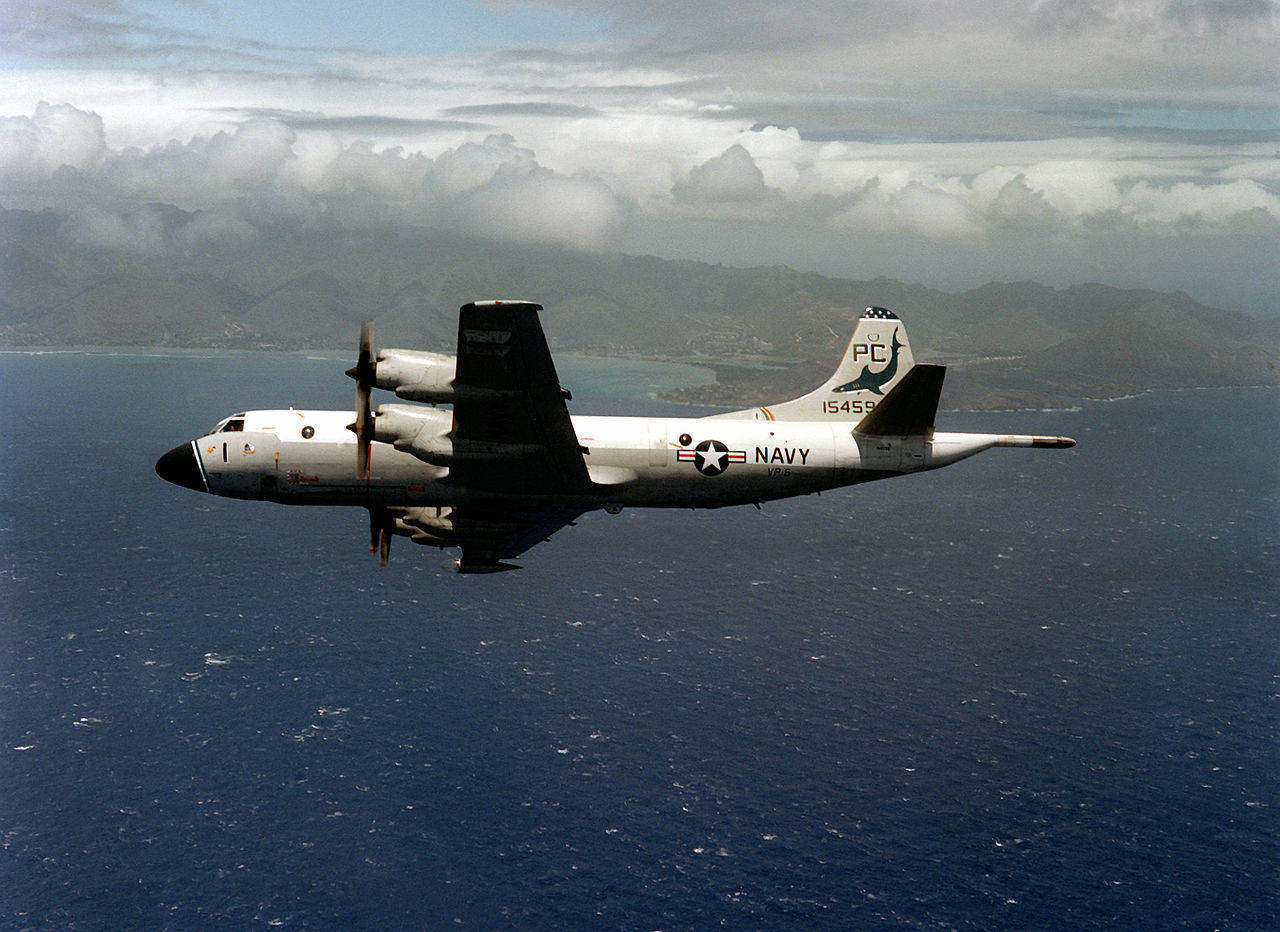Draken International, sometimes referred to as “The World’s Largest Private Air Force”, is a defense contractor formed in 2011 offering flight training, threat simulation, airborne adversary support, electronic warfare support, aerial refueling, research, and testing services to military and civilian aerospace firms. Draken provides air-to-air and air-to-ground tactical training and support, air-to-air refueling, and fleet missile defense training. They own a fleet of more than 80 tactical aircraft, including 30 Mig-21 Fishbeds, 21 Aero L-159E Advanced Light Combat Aircraft (LACA)s, 14 Douglas A-4 Skyhawks, 9 Aermacchi MB-339CBs, and five Aero L-39 Albatroses. Many of these aircraft have unique 4th generation threat simulation capabilities including fire-control radars, radar warning receivers, training missiles, and electronic attack equipment.
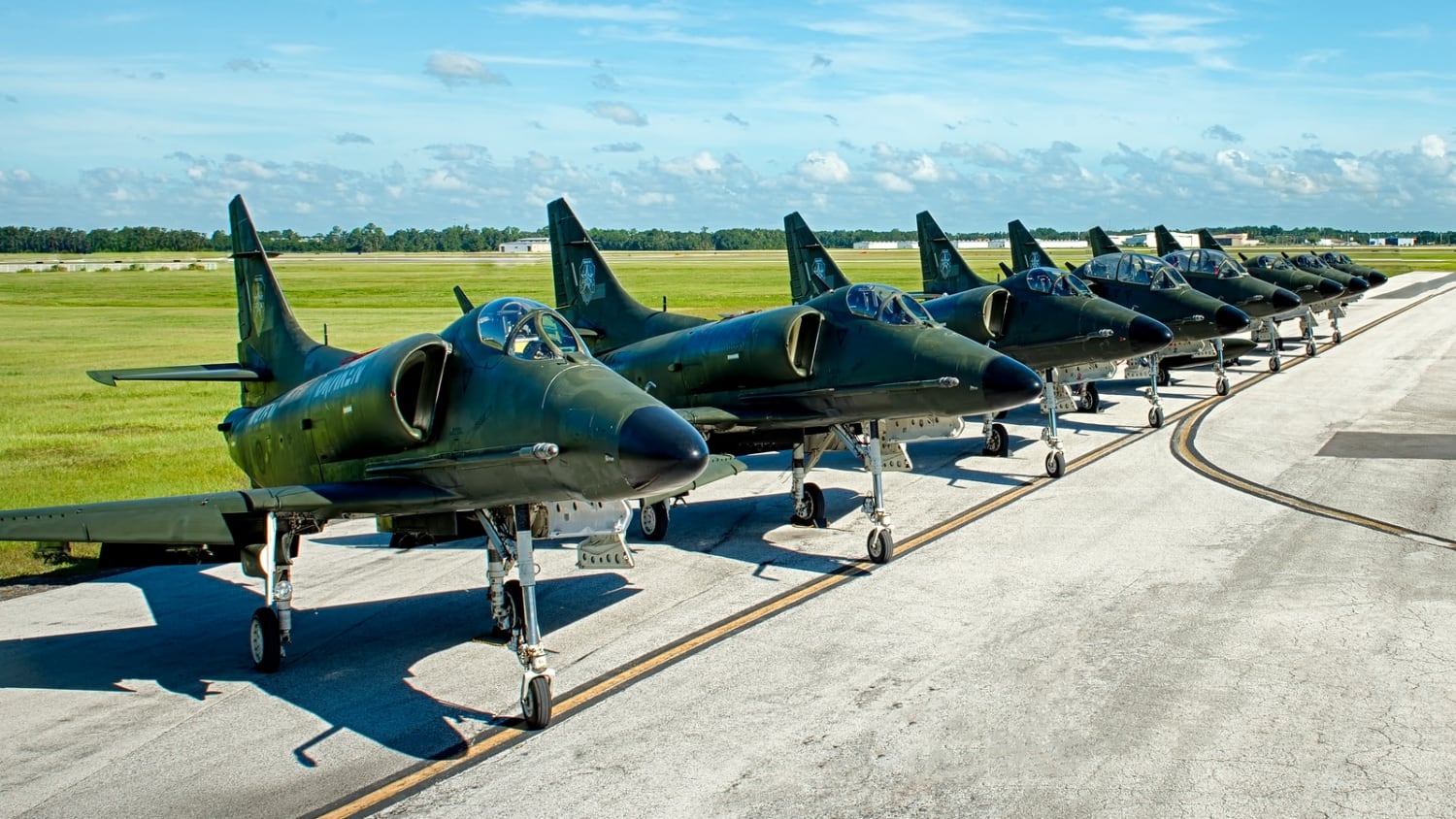
Draken acquired several A-4Ks from New Zealand. These Kiwi Skyhawks had already been upgraded under Project Kahu with the APG-66v7 fire control radar along with Radar Warning Receiver (RWR), Heads-up Display (HUD), Hands On Throttle and Stick (HOTAS), and Multi-Function Displays (MFD). This all means that the Draken A-4Ks emit an electronic signature similar to the Air Force’s Mid-Life Upgrade (MLU) F-16 Vipers. Equipped with the latest data bus technology, they can also employ the current generation of laser targeting and electronic attack and warfare pods and deliver them on target. The Draken Skyhawks can also pass and take gas from “buddy store” aerial refueling equipment.
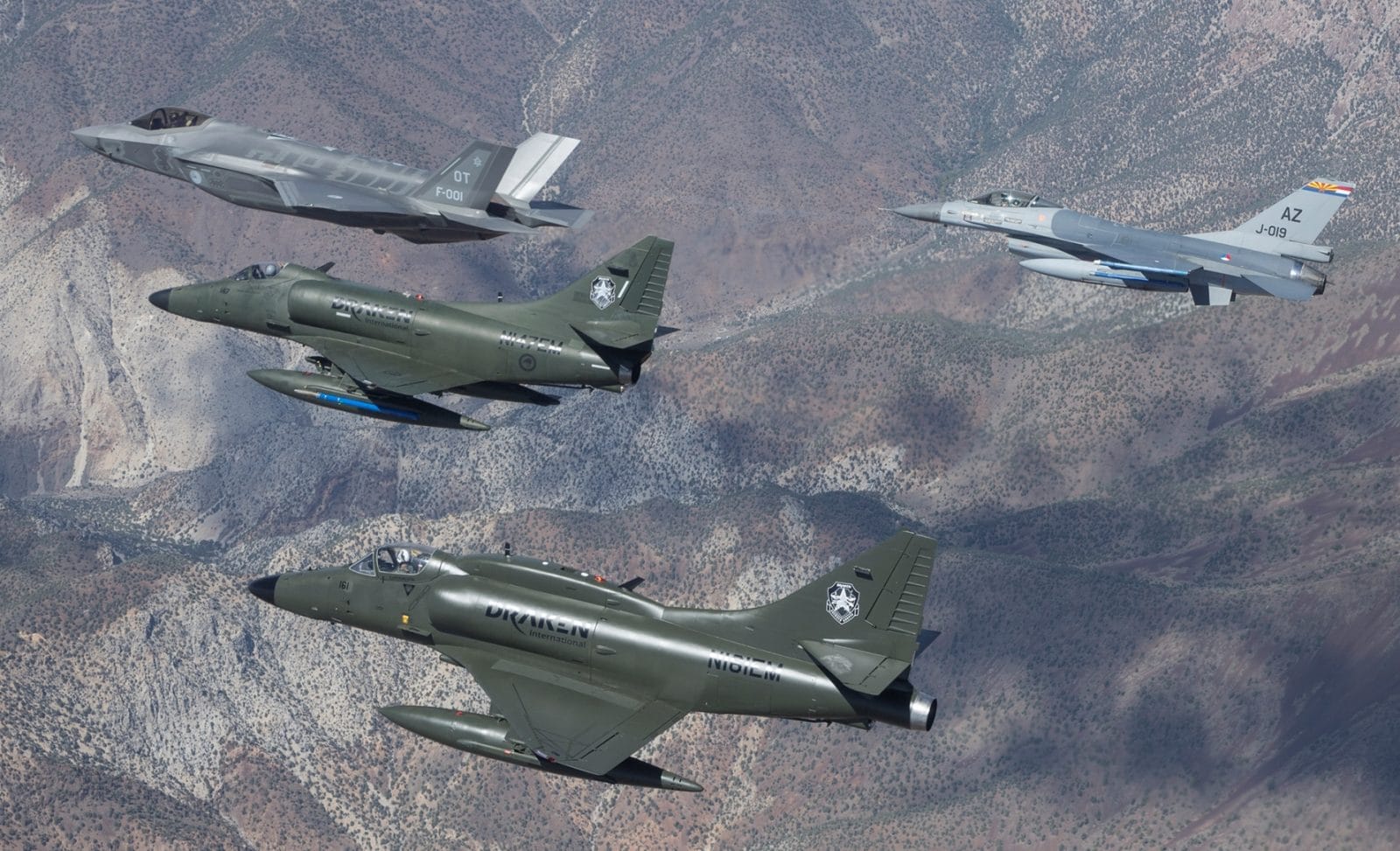
Retired, reserve, or Air National Guard US Air Force (USAF), US Navy (USN), and US Marine Corps (USMC) tactical jet pilots fly Draken’s tactical jets. These guys and gals all have patches from the USAF Fighter Weapons School or TOPGUN or USAF Aggressor Squadrons or USN/USMC Adversary Squadrons or, well…you get it. They’re qualified. Many of them have even commanded USAF or USN or USMC Squadrons, Groups, or Wings.
Draken has worked with each of the US military branches as well as several foreign air forces. The video was produced by the US Air Force in 2015 and talks about Draken’s unique capabilities and qualifications during an evaluation performed at Nellis Air Force Base.
[youtube id=”dqMsKsE0SrM” width=”800″ height=”454″ position=”left”]

